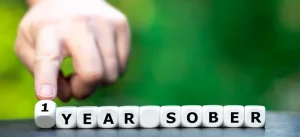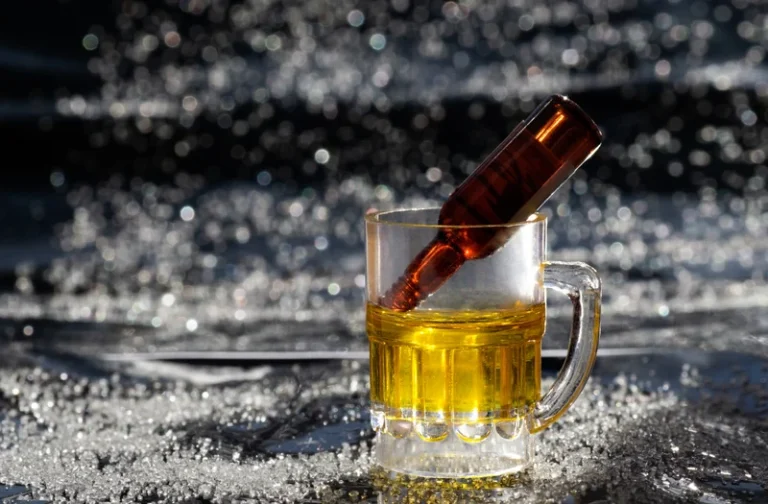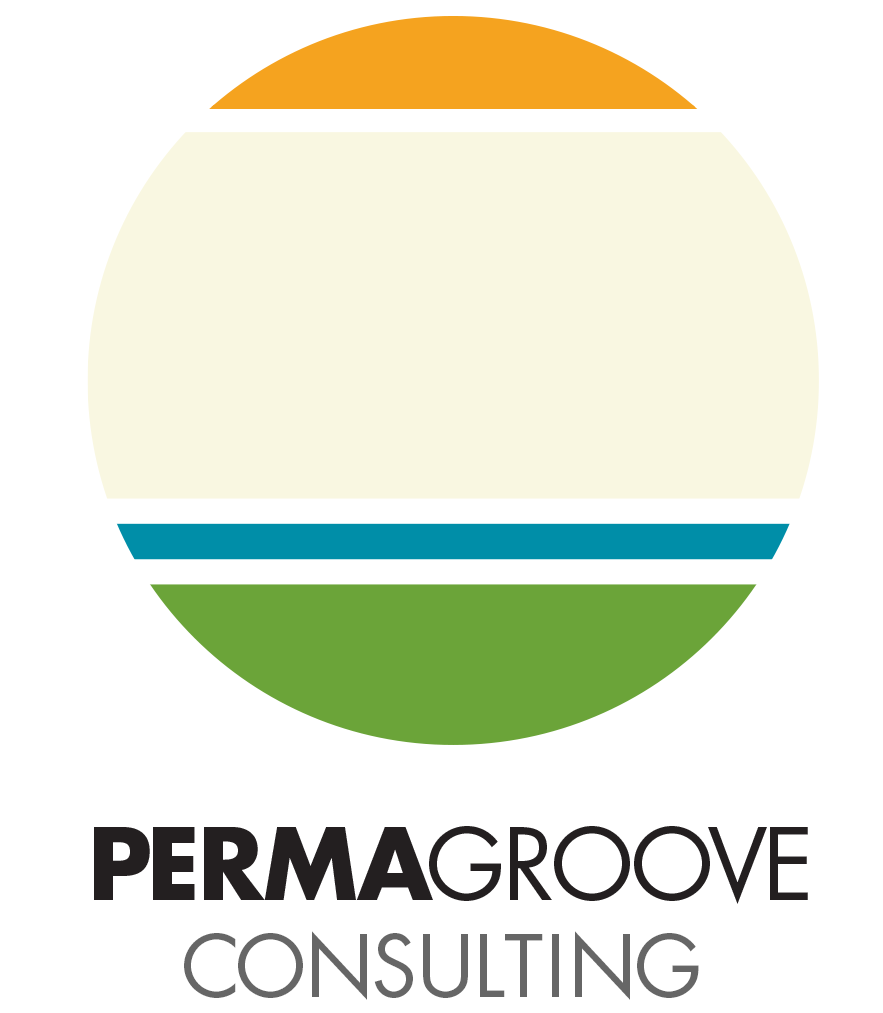What Is The Abstinence Violation Effect AVE?

However, it can sometimes lead to the thought that you have earned a drink or a night of using drugs. It sounds counterintuitive, and it is, but it is a common thought that many people have to recognize to avoid relapse. Celebrating victories is a good thing, but it’s important to find constructive ways to appreciate your sobriety. People in addiction recovery often experience drug cravings when they go through stress. When you are feeling overwhelmed, your brain may unconsciously crave drugs as a way to help you feel better.

1. Review aims
Knowing that can be disheartening, but it can also cause you to relapse out of the belief that relapse is inevitable. Still, you should also realize that relapse isn’t guaranteed, especially if you stay vigilant in managing your continued recovery. Knowing the different stages of relapse and how to avoid them is therefore crucial. Nonabstinence approaches to SUD treatment have a complex and contentious history, and significant social and political barriers have impeded research and implementation of alternatives to abstinence-focused treatment. We summarize historical factors relevant to non-abstinence treatment development to illuminate reasons these approaches are understudied.
Responses of competitive athletes to lay-offs in training: Exercise addiction or psychological relief?
- In sum, the current body of literature reflects multiple well-studied nonabstinence approaches for treating AUD and exceedingly little research testing nonabstinence treatments for drug use problems, representing a notable gap in the literature.
- Instead of viewing the incident as a temporary setback, the individual perceives it as evidence of personal failure, leading to increased feelings of guilt, shame, and hopelessness (Collins & Witkiewitz, 2013; Larimer, Palmer, & Marlatt, 1999).
- Given low treatment engagement and high rates of health-related harms among individuals who use drugs, combined with evidence of nonabstinence goals among a substantial portion of treatment-seekers, testing nonabstinence treatment for drug use is a clear next step for the field.
Although specific CBT interventions may focus more or less on particular techniques or skills, the primary goal of CBT for addictions is to assist clients in mastering skills that will allow them to become and remain abstinent from alcohol and/or drugs (Kadden et al., 1994). CBT treatments are usually guided by a manual, are relatively short term (12 to 16 weeks) in duration, and focus on the present and future. Clients are expected to monitor substance use (see Table 8.1) and complete homework abstinence violation effect exercises between sessions. For many with serious substance abuse problems, any drug or alcohol use can be problematic. If they drink or drug again, they can slip into full-blown relapse, even after months or years of abstinence.
- Two publications, Cognitive Behavioral Coping Skills Training for Alcohol Dependence (Kadden et al., 1994; Monti, Kadden, Rohsenow, Cooney, & Abrams, 2002) and Cognitive Behavioral Therapy for Cocaine Addiction (Carroll, 1998), are based on the RP model and techniques.
- One study found that among those who did not complete an abstinence-based (12-Step) SUD treatment program, ongoing/relapse to substance use was the most frequently-endorsed reason for leaving treatment early (Laudet, Stanick, & Sands, 2009).
- To date there has been limited research on retention rates in nonabstinence treatment.
- Additionally, in the United Kingdom, where there is greater access to nonabstinence treatment (Rosenberg & Melville, 2005; Rosenberg & Phillips, 2003), the proportion of individuals with opioid use disorder engaged in treatment is more than twice that of the U.S. (60% vs. 28%; Burkinshaw et al., 2017).
- When someone abuses a substance for a long time, they will have a higher tolerance for its effects.
- In the United Kingdom, where there is greater acceptance of nonabstinence goals and availability of nonabstinence treatment (Rosenberg et al., 2020; Rosenberg & Melville, 2005), the rate of administrative discharge is much lower than in the U.S. (1.42% vs. 6% of treatment episodes; Newham, Russell, & Davies, 2010; SAMHSA, 2019b).
Cognitive Behavioral Therapy in Cannabis Use Disorder
- A mindset shift caused by triggers or stress may lead you to take that drink or start using drugs again.
- The harm reduction movement, and the wider shift toward addressing public health impacts of drug use, had both specific and diffuse effects on SUD treatment research.
- Support for this research has been provided by the National Institute on Alcohol Abuse and Alcoholism, the National Institute on Drug Abuse, the National Institute on Mental Health, and the Department of Defense.
- Unconscious cravings may turn into the conscious thought that it is the only way you can cope with your current situation.
This suggests that individuals with non-abstinence goals are retained as well as, if not better than, those working toward abstinence, though additional research is needed to confirm these results and examine the effect of goal-matching on retention. For example, in AUD treatment, individuals with both goal choices demonstrate significant improvements in drinking-related outcomes (e.g., lower percent drinking days, fewer heavy drinking days), alcohol-related problems, and psychosocial functioning (Dunn & Strain, 2013). Additionally, individuals are most likely to achieve the outcomes that are consistent with their goals (i.e., moderation vs. abstinence), based on studies of both controlled drinking and drug use (Adamson, Heather, Morton, & Raistrick, 2010; Booth, Dale, & Ansari, 1984; Lozano et al., 2006; Schippers & Nelissen, 2006). AA was established in 1935 as a nonprofessional mutual aid group for people who desire abstinence from alcohol, and its 12 Steps became integrated in SUD treatment programs in the 1940s and 1950s with the emergence of the Minnesota Model of treatment (White & Kurtz, 2008). The Minnesota Model involved inpatient SUD treatment incorporating principles of AA, with a mix of professional and peer support staff (many of whom were members of AA), and a requirement that patients attend AA or NA meetings as part of their treatment (Anderson, McGovern, & DuPont, 1999; McElrath, 1997).
Relapse and Lapse

In contrast to the holistic approach of harm reduction psychotherapy, risk reduction interventions are generally designed to target specific HIV risk behaviors (e.g., injection or sexual risk behaviors) without directly addressing mechanisms of SUD, and thus are quite limited in scope. However, these interventions also typically lack an abstinence focus and sometimes result in reductions in drug use. The current review highlights multiple important directions for future research related to nonabstinence SUD treatment. Overall, increased research attention on nonabstinence treatment is vital to filling gaps in knowledge. For example, despite being widely cited as a primary rationale for nonabstinence treatment, the extent to which offering nonabstinence options increases treatment utilization (or retention) is unknown.
- The abstinence violation effect (AVE) refers to the negative cognitive and affective responses that an individual experiences after the return to substance abuse after a period of abstinence.
- For example, I am a failure (labeling) and will never be successful with abstaining from drinking, eating healthier, or exercising (jumping to conclusions).
- There is a possibility that you might rationalize why you might not experience the same consequences if you continue to use.
- The Abstinence Violation Effect is a concept originally introduced by psychologist Alan Marlatt in the context of treating substance abuse.
Instead, the literature indicates that most people with SUD do not want or need – or are not ready for – what the current treatment system is offering. The abstinence violation effect (AVE) highlights the distinction between a lapse and relapse. Put simply, the AVE occurs when a client perceives no intermediary step between a lapse and a relapse. For example, overeaters may have an AVE when they express to themselves, “one slice of cheesecake is a lapse, so I may as well go all-out, and have the rest of the cheesecake.” That is, since they have violated the rule of abstinence, they “may as well” get the most out of the lapse.

— Posted on December 25, 2020 at 11:22 am by permagroove

